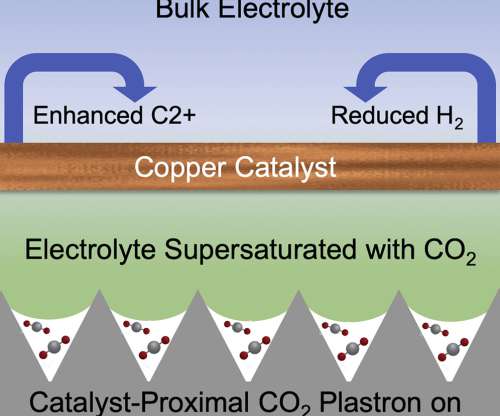MIT researchers propose mechanism for overcoming bottleneck in electroreduction of CO2
Green Car Congress
JANUARY 14, 2022
Researchers at MIT have identified , quantified, and modeled a major reason for the poor performance of electroreduction processes to convert CO 2 to fuel or other useful chemicals. In all of these, I think the hydrogen co-evolution becomes a bottleneck. The research was supported by Shell, through the MIT Energy Initiative.





























Let's personalize your content